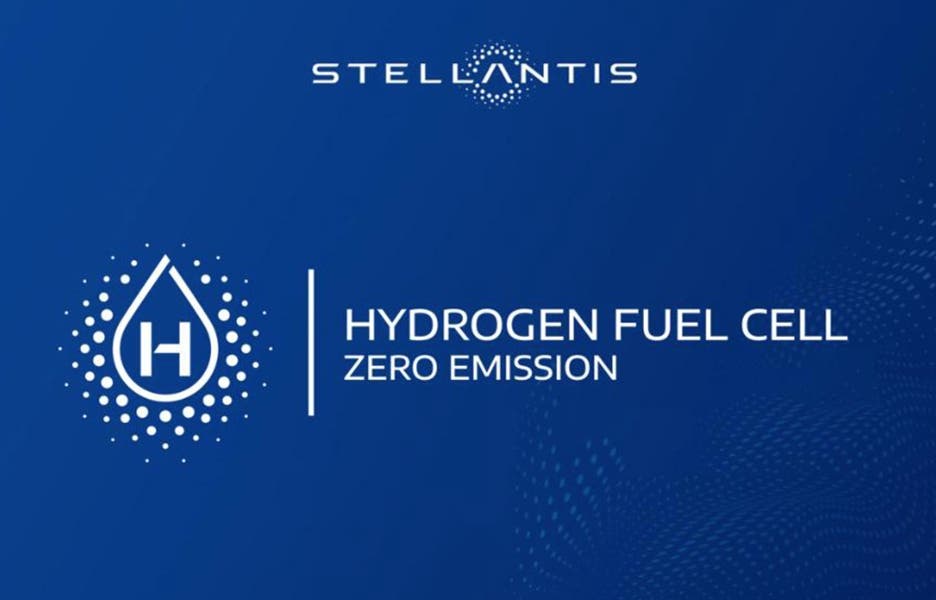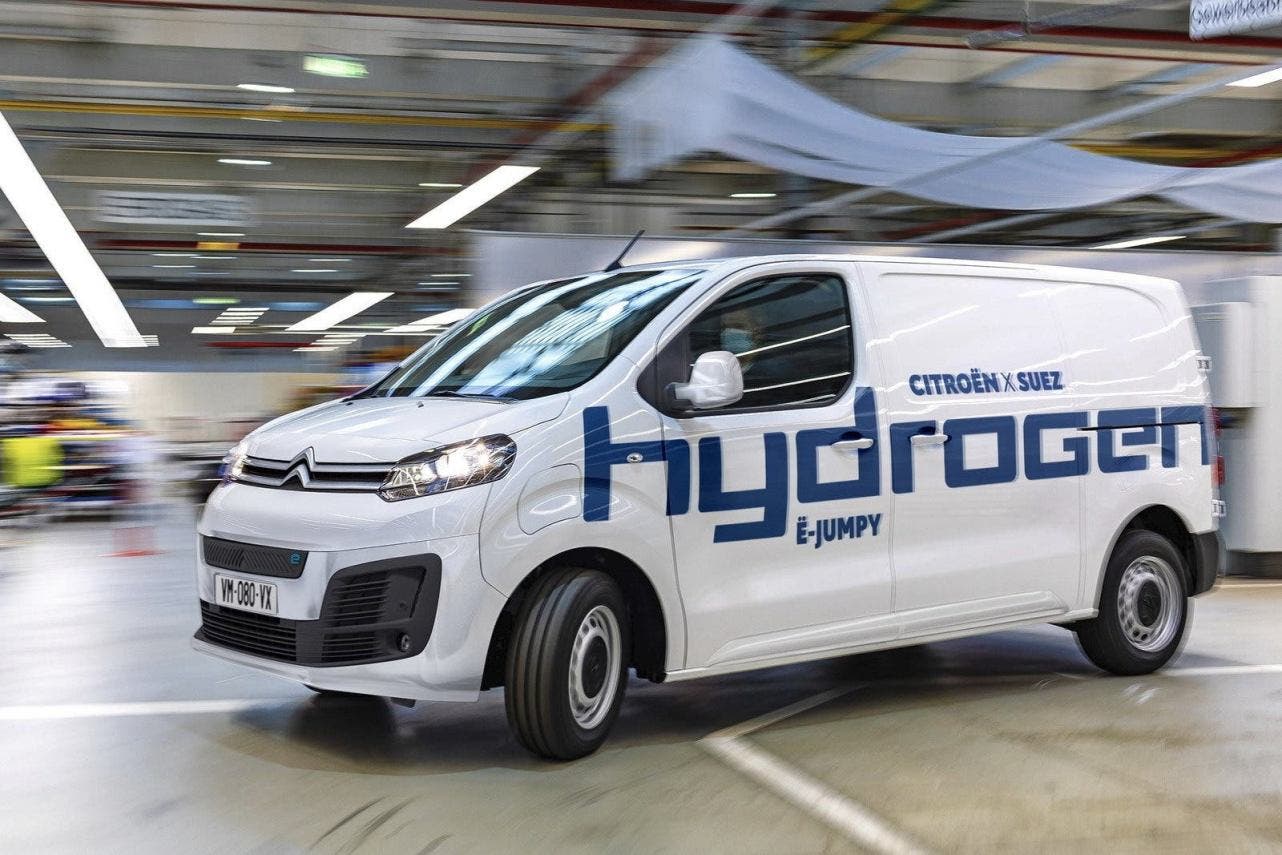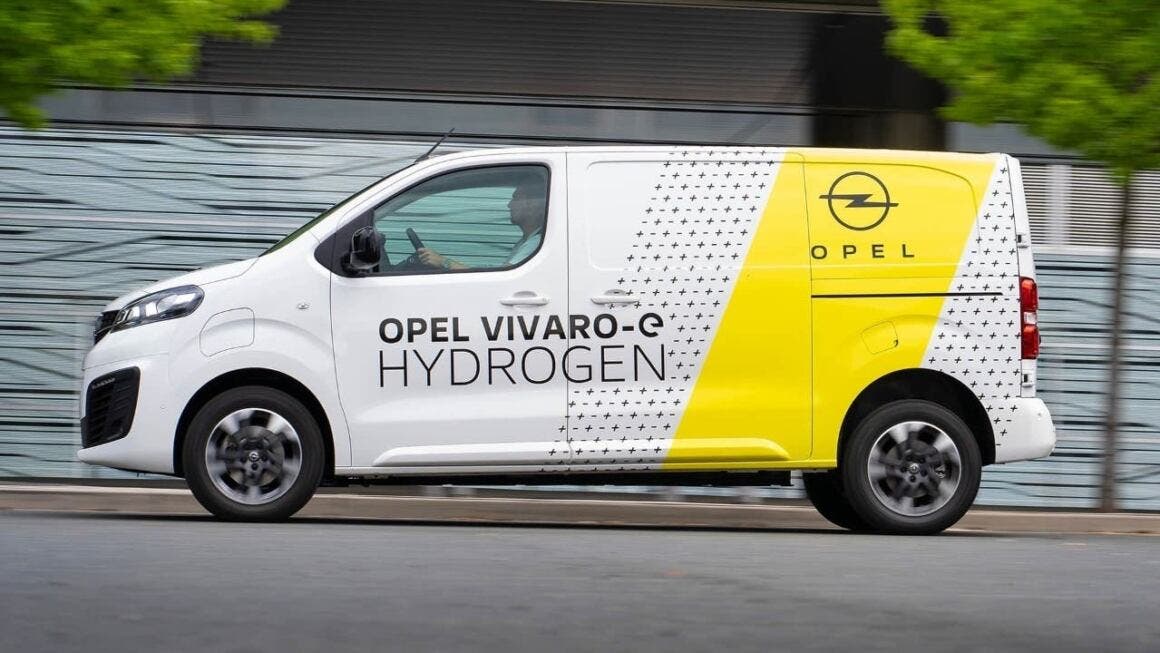Stellantis has decided to pause the promotion of its light commercial hydrogen vehicles in the UK, citing the absence of government incentives and inadequate refueling infrastructure as primary obstacles. “It’s not the right time to push hydrogen,” declared Fedele Ragusa, the group’s Product Manager, in an interview with Fleet News, emphasizing how the necessary conditions to support an effective transition to this technology are lacking.
Stellantis suspends hydrogen vehicle promotion in the UK

The decision marks a change of pace compared to the more optimistic forecasts expressed just a year ago by Jean-Michel Billig, head of Stellantis‘ hydrogen program, who hoped for a 40% market share for fuel cell vans.
Currently, Stellantis produces medium and large FCEV (Fuel Cell Electric Vehicle) vehicles at facilities in Hordain, France, and Gliwice, Poland. The models include versions under the Citroën, Peugeot, Opel/Vauxhall, and Fiat Professional brands, such as ë-Jumpy, E-Scudo, Vivaro, E-Expert, ë-Jumper, E-Ducato, Movano, and E-Boxer. Right-hand drive versions are already available but are not produced locally in the UK.
The second generation of the fuel cell system for medium vans offers up to 400 km of range and refueling in less than four minutes. For large models, range can reach 500 km, with refueling times around five minutes. Stellantis aims to satisfy customers interested in electric mobility but reluctant to accept the long charging times of battery versions.

However, without a widespread network of stations and adequate economic support to reduce hydrogen costs, the adoption of these vehicles remains difficult, especially in the fleet segment, where the high purchase price constitutes an additional obstacle. Ragusa did not specify whether the suspension also concerns the availability of models in the UK or only commercial promotion activities.
The situation does not appear more favorable in other markets. In Paris, for example, Stellantis participated in the Hype project for hydrogen taxis, later abandoned in favor of a full electric fleet, indicating a strategy increasingly oriented toward battery mobility.
